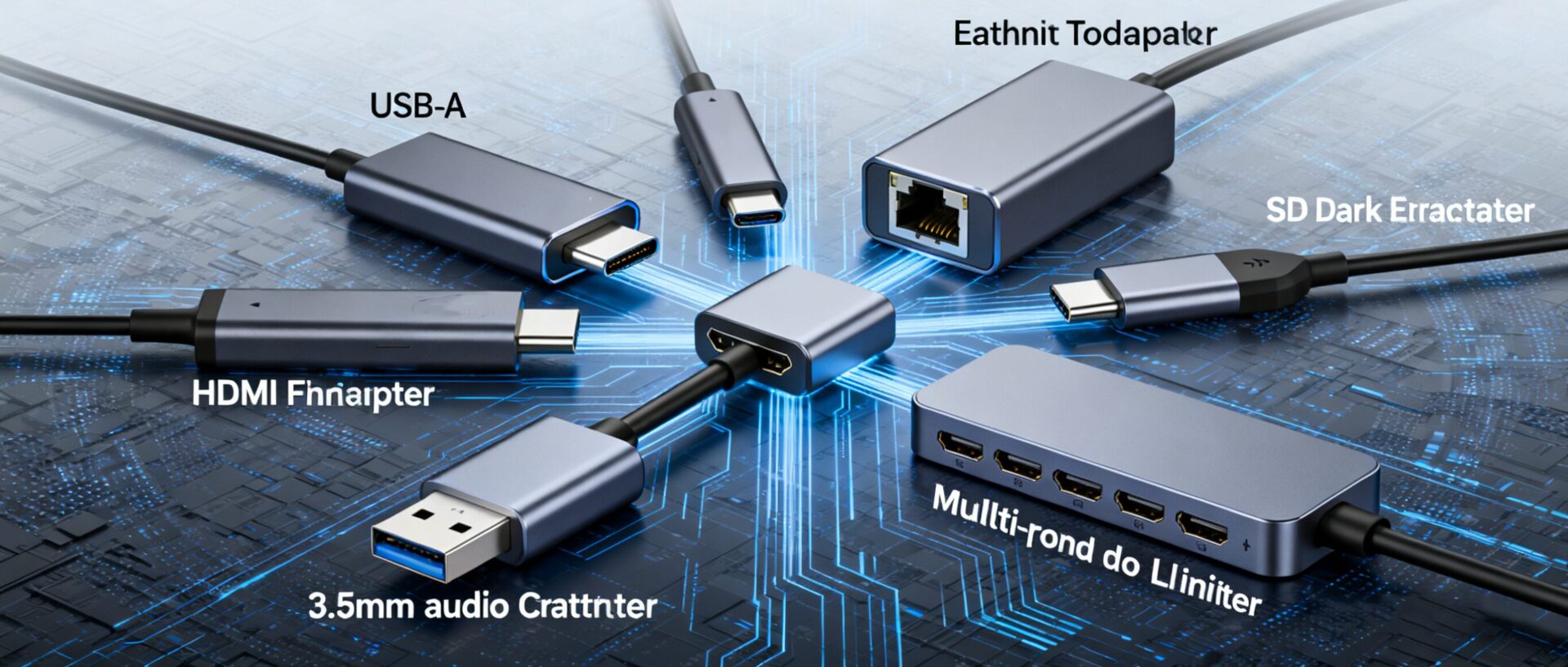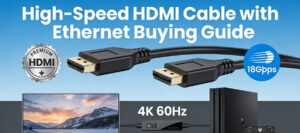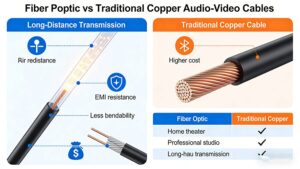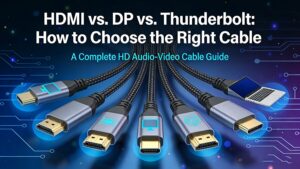USB-C has taken over as the universal connector for laptops, phones, and tablets—but what if your favorite peripherals still use old ports? Enter USB-C adapters: compact bridges that unlock compatibility between new devices and legacy gear. Below are the 6 essential types you need to know, plus how to use them.
USB-C to USB-A Adapter: Legacy Peripheral Saver
- USB-C Male to USB-A Female (most common): Plug the C-end into your laptop, then attach USB-A gadgets.
- USB-C Male to USB-A Male: Use a USB-A charger to power your USB-C phone.
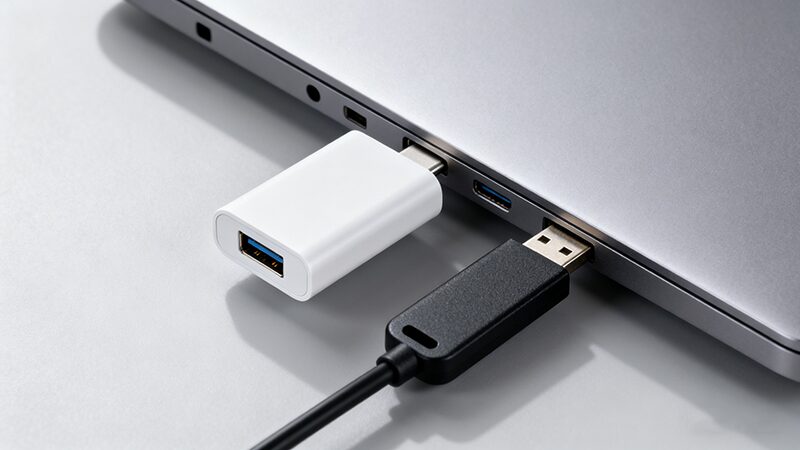
USB-C to HDMI/DisplayPort Adapter: Big-Screen Booster
- HDMI: Up to 4K@60Hz (ideal for home theaters).
- DisplayPort: Up to 8K@30Hz (great for creative work).
Avoid VGA/DVI adapters unless necessary—they convert digital to analog, lowering quality
USB-C to Ethernet Adapter: Stable Network Fix
USB-C to 3.5mm Adapter: Audio Lifesaver
USB-C to SD/MicroSD Adapter: Media Transfer Tool
USB-C Multiport Adapter (Mini Hub): All-in-One Travel Buddy
Quick-Reference: Adapter Types & Uses
|
Adapter Type
|
Key Use Case
|
Must-Know Specs
|
|
USB-C → USB-A
|
Connect legacy peripherals
|
USB 3.2 Gen 2 (10Gbps) for speed
|
|
USB-C → HDMI/DP
|
External displays
|
4K@60Hz (HDMI); 8K@30Hz (DP)
|
|
USB-C → Ethernet
|
Wired internet
|
Gigabit Ethernet (1Gbps) support
|
|
USB-C → 3.5mm
|
Wired audio
|
High-quality DAC for better sound
|
|
USB-C → SD/MicroSD
|
Camera media transfer
|
UHS-II for 4K video
|
|
USB-C Multiport
|
Travel/light multitasking
|
Max 60W power passthrough
|

